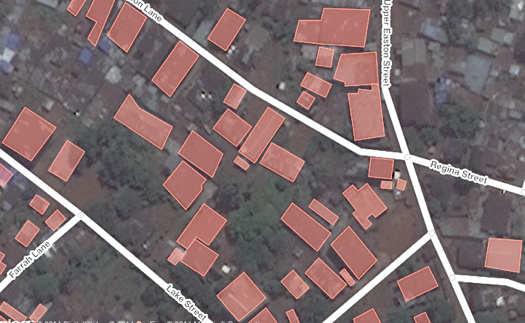Do Your Bit(map)

Most of us are at least a little freaked out by all the Ebola news these days. The majority of it is extremely overblown. A whole lot of it is downright panic-mongering. But one thing is for sure: the taste of fear we’re getting here in the developed world is nothing compared to what the poor folks in West Africa have been experiencing for some time now. If you’re like me you’d like to do something about Ebola instead of just worry about it which, let’s face it, doesn’t do anyone any good.
And in fact you can do something: you can draw maps. You heard right. The World Health Organization, Doctors Without Borders and a variety of NGO’s are on the ground in West Africa and ready to fight the disease door to door. Unfortunately they don’t know where a lot of those doors are — especially out in remote villages or in densely populated urban areas — because they don’t have have accurate maps.
READ ON
